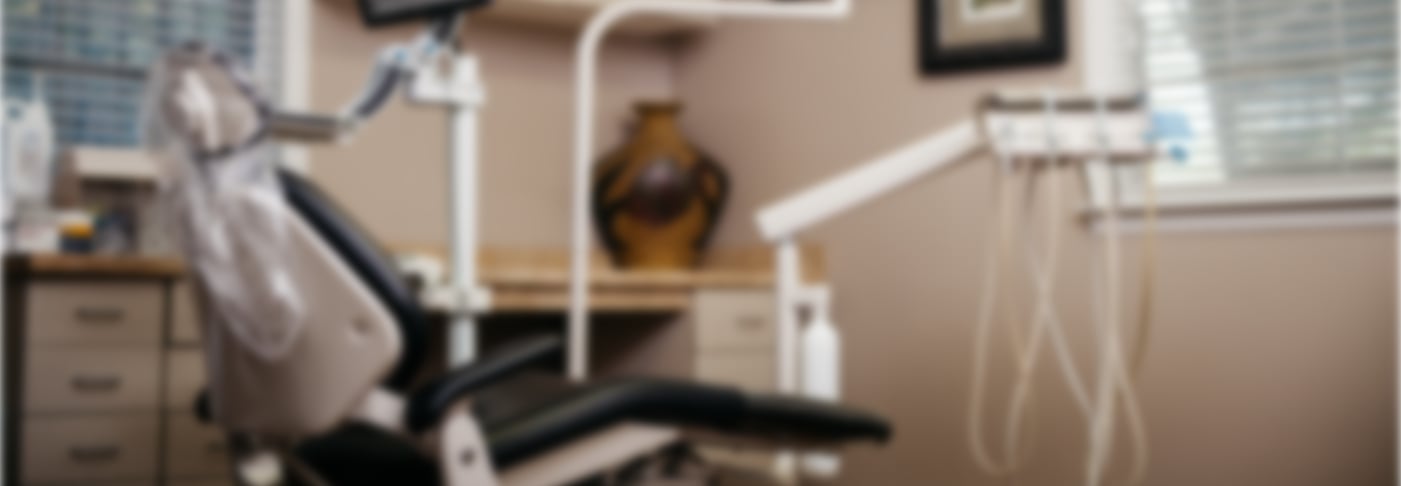 Here at Perdido Bay Dental, we utilize the latest dental technology. Why? The answer is simple. Better technology helps us perform better, less invasive procedures for our patients, but with far better results. Below are a few dental technologies we use.
Here at Perdido Bay Dental, we utilize the latest dental technology. Why? The answer is simple. Better technology helps us perform better, less invasive procedures for our patients, but with far better results. Below are a few dental technologies we use.
Digital Dental X-Rays
In many dental offices, digitized X-rays are replacing traditional radiographs. Even though digital X-rays have been on the market for many years, they have become more popular with dentists. Digital X-rays are quicker and very efficient as opposed to traditional radiographs. Firstly, an electronic sensor called a phosphor plate is placed in the client’s mouth to capture the image. The digital image is then scanned to a computer, where it is ready for viewing. The procedure is faster than processing traditional film. Your dentist can also store images on the computer then compare them with previous or future images to track how your dental health is being maintained.
Digital X-rays have many uses aside from finding cavities. They also provide a view of the bone below the teeth to see if the bone support is strong. Dentists can use the X-rays to check the positioning of an implant like device that is inserted into the jawbone so that a replacement tooth can be placed. Digital X-rays are also used by Endodontists to see if they have properly cleaned the canal during the procedure.
Lasers
Many dentists are now starting to use the diode laser, a higher-tech solution for finding and fixing cavities. The laser can be used to find out if there is any decay in the tooth. The dentist can make the decision to keep monitoring the tooth by comparing the levels at the next visit or advise that the cavity needs to be removed and filled. When healthy teeth come in contact with the wave of the diode laser, they do not glow so the output on the display is low. Any decayed teeth glow and depending on the amount of decay, a higher reading shows on the display. The diode laser does not always work on teeth that are filled, but it could mean earlier detection of cavities in other teeth. The diode laser is not meant to replace X-rays; it detects decay in in tight spaces, while X-rays can find decay between and inside teeth.
CAD/CAM Technology
The CAD in this technology means Computer-Assisted Design and the CAM means Computer-Assisted Manufacture. The use of these devices results in fewer dental visits to complete operations such as crowns and bridges. Normally, when a patient needs a crown, a dentist must make a mold of the tooth and build a temporary crown that will be used in order for the dental lab to make a permanent one. With CAD/CAM technology, the tooth is drilled on spot then an image of the crown location is taken, after which the crown is created on spot.
Thinner Veneers
Veneers are the thin, custom made moldings that are used to cover the front of unattractive teeth. New materials make it possible to create thinner veneers that are similar in strength. Preparing a tooth for a veneer involves reshaping the tooth to prepare it for the added thickness of the veneer. This can be minimized with the thinner veneers. More of the actual tooth surfaced is reserved as a smaller cutting is needed for the thinner veneers.

